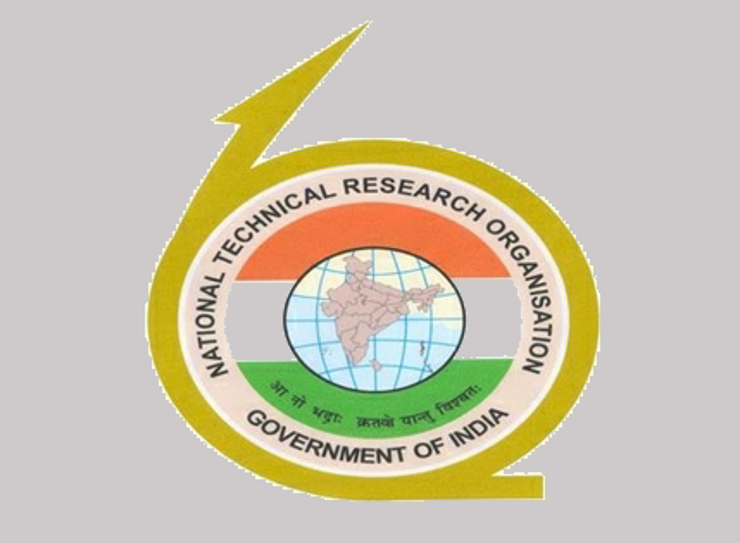
India is a country that faces multiple security challenges, both internal and external. From cross-border terrorism to cyber-attacks, from natural disasters to espionage, India needs to be vigilant and prepared for any contingency. To meet these challenges, India has a robust intelligence apparatus that comprises various agencies, each with its own mandate and expertise. One of these agencies is the National Technical Research Organisation (NTRO), which is responsible for gathering and analysing technical intelligence from various sources.
The NTRO was created in 2004, after the 1999 Kargil conflict exposed the gaps in India’s technical intelligence capabilities. The NTRO reports directly to the Prime Minister’s Office and the National Security Advisor, and operates as an autonomous organisation. It has the same norms of conduct as the Intelligence Bureau and the Research and Analysis Wing, which restrict the freedom of its employees.
The NTRO’s primary objective is to gather technical intelligence, which involves intercepting and analysing communications signals, imagery intelligence, and cyber intelligence. It also provides technical assistance to other intelligence agencies in the country, including the Intelligence Bureau and the Research and Analysis Wing. It is responsible for maintaining a database of information related to technology and developing advanced tools and techniques for intelligence gathering. It also conducts scientific and technical research and development in the field of technical intelligence.
The NTRO’s primary objective is to gather technical intelligence, which involves intercepting and analysing communications signals, imagery intelligence, and cyber intelligence. It also provides technical assistance to other intelligence agencies in the country, including the Intelligence Bureau and the Research and Analysis Wing
The NTRO’s activities include:
- Monitoring and intercepting foreign communications and signals.
- Conducting cyber operations and counter-cyber activities.
- Developing and operating state-of-the-art technical systems and platforms.
- Providing geospatial intelligence and imagery analysis.
- Conducting scientific and technical research and development.
The NTRO has access to various technical assets, such as spy satellites, unmanned aerial vehicles, spy planes, and ground stations. It also has a network of technical experts and analysts, who process and interpret the data collected by these assets. The NTRO works closely with other agencies, such as the Defence Research and Development Organisation, the Indian Space Research Organisation, the National Informatics Centre, and the National Critical Information Infrastructure Protection Centre.
The NTRO has access to various technical assets, such as spy satellites, unmanned aerial vehicles, spy planes, and ground stations. It also has a network of technical experts and analysts, who process and interpret the data collected by these assets.
The NTRO has played a crucial role in enhancing India’s national security and strategic interests. Some of its notable achievements are:
- Providing timely and accurate intelligence inputs during the 2008 Mumbai attacks, the 2016 Uri attack, the 2019 Balakot airstrike, and the 2020 Galwan Valley clash.
- Detecting and thwarting several cyber-attacks on India’s critical infrastructure and government networks.
- Developing and launching India’s first dedicated military satellite, RISAT-2, in 2009, which enhanced India’s surveillance and reconnaissance capabilities.
- Developing and launching India’s first indigenous spy satellite, EMISAT, in 2019, which enabled India to monitor the electromagnetic spectrum of enemy radars and communications.
- Developing and deploying India’s first indigenous unmanned combat aerial vehicle, RUSTOM-2, in 2020, which increased India’s strike and surveillance capabilities.
The NTRO is a vital component of India’s intelligence community, and has proved its worth in various situations. It is constantly evolving and innovating to keep pace with the changing technological landscape and the emerging threats. It is India’s eye in the sky, and a force to reckon with.
-The writer is a Defence, Aerospace & Political Analyst based in Bengaluru. He is also Director of ADD Engineering Components, India, Pvt. Ltd, a subsidiary of ADD Engineering GmbH, Germany. You can reach out to him at: girishlinganna@gmail.com















